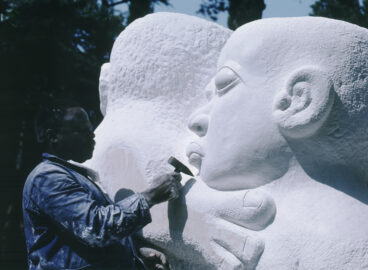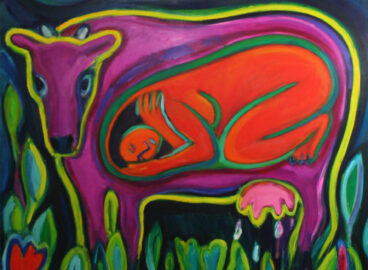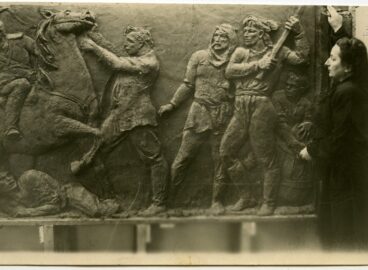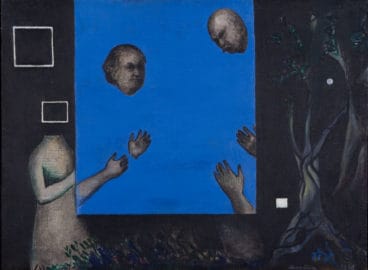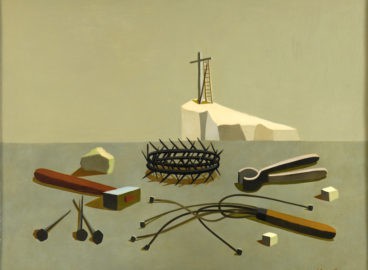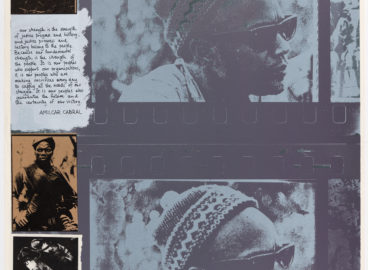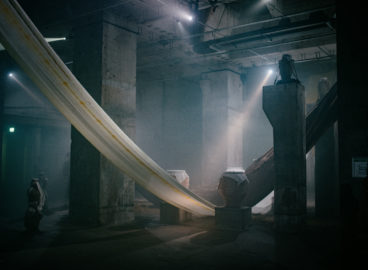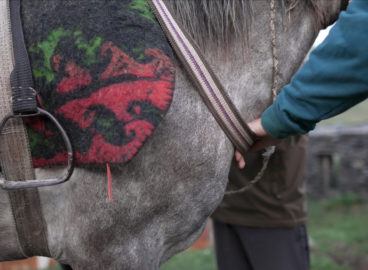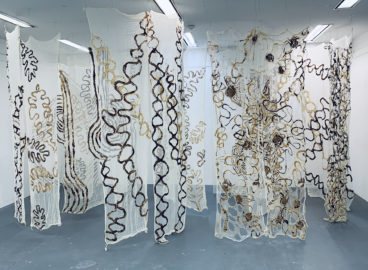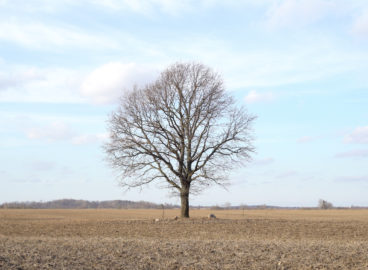Cultural Diplomacy and the Transnational Networks of the Gallery of Art of the Non-Aligned Countries “Josip Broz Tito”
The Non-Aligned Movement (NAM) was established in Belgrade, Yugoslavia, in 1961, during the peak of the Cold War, drawing inspiration from the principles of the 1955 Afro-Asian Conference in Bandung, Indonesia. Founded by developing countries opposed to formal alignment with either the United States or the Union of Soviet Socialist Republics, NAM advocated for national…
